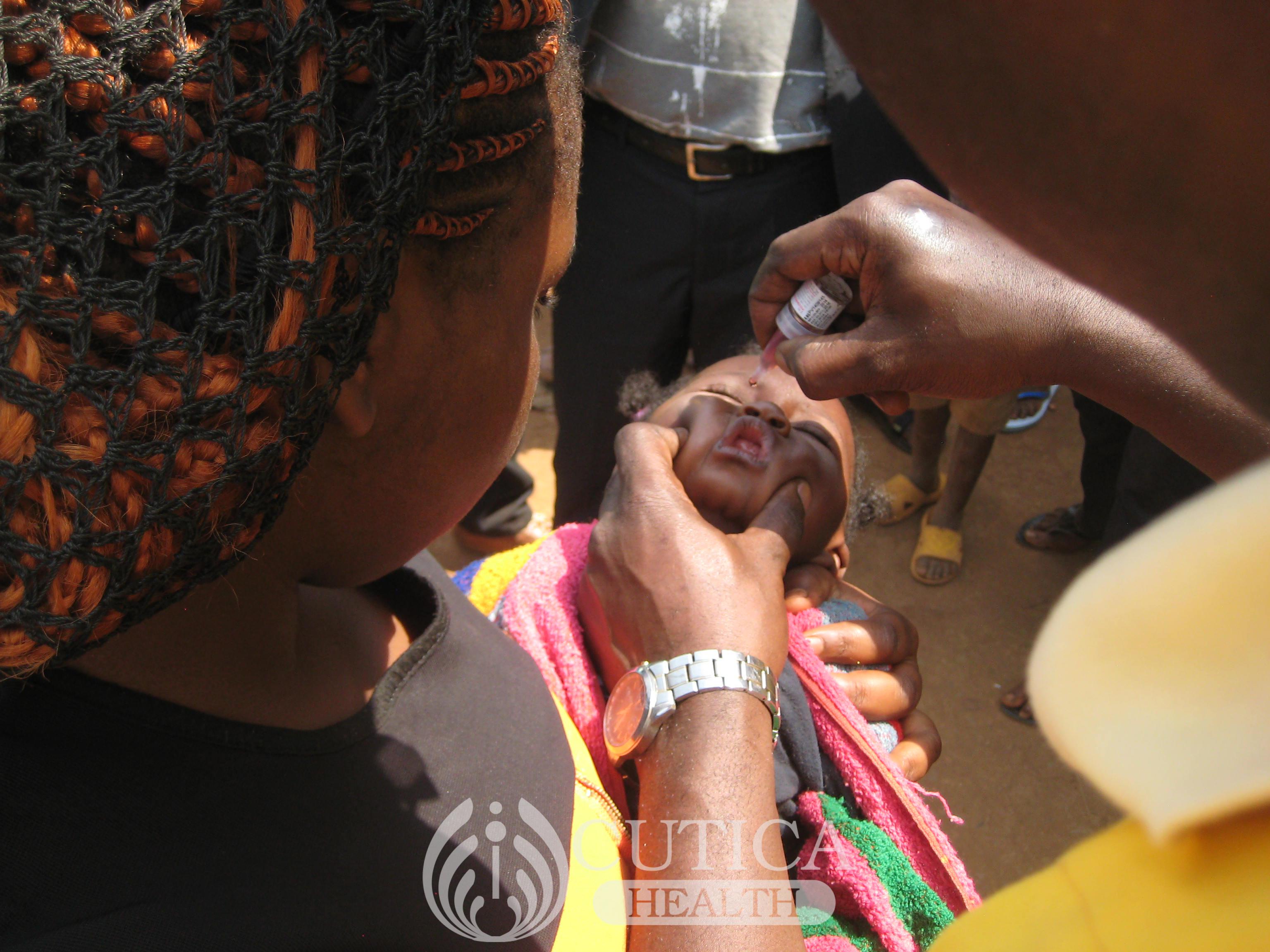
High blood pressure is one of the major risk factors for heart attack and stroke, the leading causes of death globally.
Blood pressure is a measure of how much force your heart pumps blood with into the blood vessels. The higher the pressure, the more likely it may cause damage to not only blood vessels but also the organs receiving blood flow. A normal blood pressure is below 120/80 mmHg (millimeters of mercury – the unit of measuring blood pressure). Values higher than 140/90 mmHg are described as high – a condition known as hypertension. Blood pressure values between 130/80 and 140/90 are borderline and should be paid attention to before it becomes full-blown hypertension.
The first thing you should know in accurately measuring your blood pressure is identifying a validated home monitor- you can check your local directory for a list of validated devices in your area. Be sure to get a device that measures blood pressure in the upper arm, as these are more accurate than the wrist monitors. It is also important to have a device that can store your readings, so that you can assess the pattern at a later date.
Follow the instructions on the device manual for proper placement of the cuff and positioning of your arm. The cuff should be at the level of your heart to have an accurate reading, and your arm should be placed flat on a table. Remember to avoid stimulations or discussions during monitoring.
If you’ve had high readings in at least three measurements days or weeks apart, consult your doctor for recommendations to treat high blood pressure.
Read more here – https://www.heart.org/en/news/2020/05/22/how-to-accurately-measure-blood-pressure-at-home












